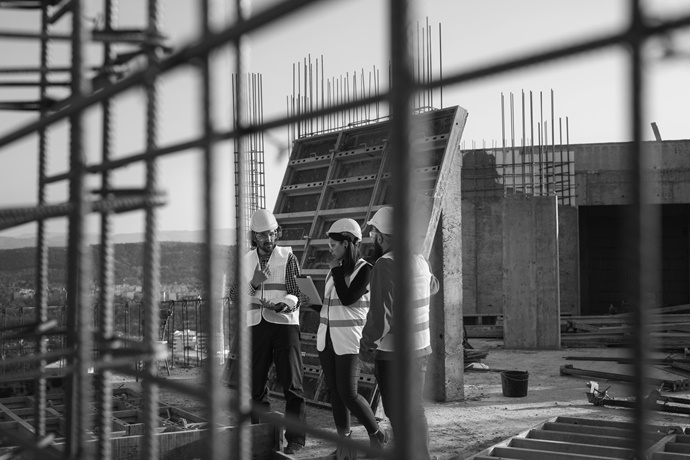Today’s construction firms are providing a wider array of services to project owners, and those added services increase professional liability risk. A contractor’s professional liability policy is an essential part of risk management, providing coverage for errors or omissions in professional services on a project that cause damage or delays.
However, with a wide array of approaches to professional liability in the marketplace, building the right risk management solution for each client’s unique needs can be complex. Here are three mistakes to avoid when insuring contractors in order to create the best insurance program.
Mistake #1: Not recognizing a contractor’s full professional exposure
Today’s construction firms are providing more and more professional services, with “design-build” contractors becoming increasingly popular with project owners as a way to streamline projects. In fact, design-build construction spending is seeing steady growth, expected to reach over $400 billion in 2026.
“Build-only” firms may believe they do not have professional exposure because they don’t provide standalone design services or have in-house architects. However, digging deeper into the operations of these contractors typically reveals that they exercise control over parts of the design process—such as modifying designs, approving change orders and creating hiring plans—or provide ancillary services that create a professional liability risk that is excluded from a typical general liability form.
Mistake #2: Relying solely on a design professional form
In the world of construction insurance, professional liability is often viewed as “design liability,” leading some firms to rely on an Architects & Engineers (A&E) form for coverage. However, a typical A&E form provides limited or no coverage for actual construction work that represents most of their professional liability exposure. A dedicated contractor’s professional liability form provides essential third-party coverage for errors or omissions in workmanship. It can also provide contractors’ pollution coverage, first-party protective coverage over other professional policies (such as A&E), and coverage for cost incurred by the insured to repair faulty workmanship (rectification).
Mistake #3: Not obtaining a standalone contractor’s professional liability policy
With the requirement to carry professional liability insurance a common part of construction contracts, many admitted markets offer professional endorsements for general liability forms to put insureds in technical compliance with those requirements. However, this approach is often inadequate, providing low dollar limits and coverage that is frequently confined to design errors. If a contractor’s coverage is inadequate, it will find itself on the hook for damages.
Choose a specialist
True standalone Construction Professional Liability insurance is essential to protect contractors from loss related to errors and omissions arising out of a wide range of professional services performed on construction projects. A contractor’s professional liability policy also complements a contractor’s general liability policy, which excludes or significantly limits coverage for professional services.
In a complex insurance marketplace, not all contractor’s professional liability is created equally. Amwins professional lines experts are here to help you develop a comprehensive risk management solution for your construction clients.


